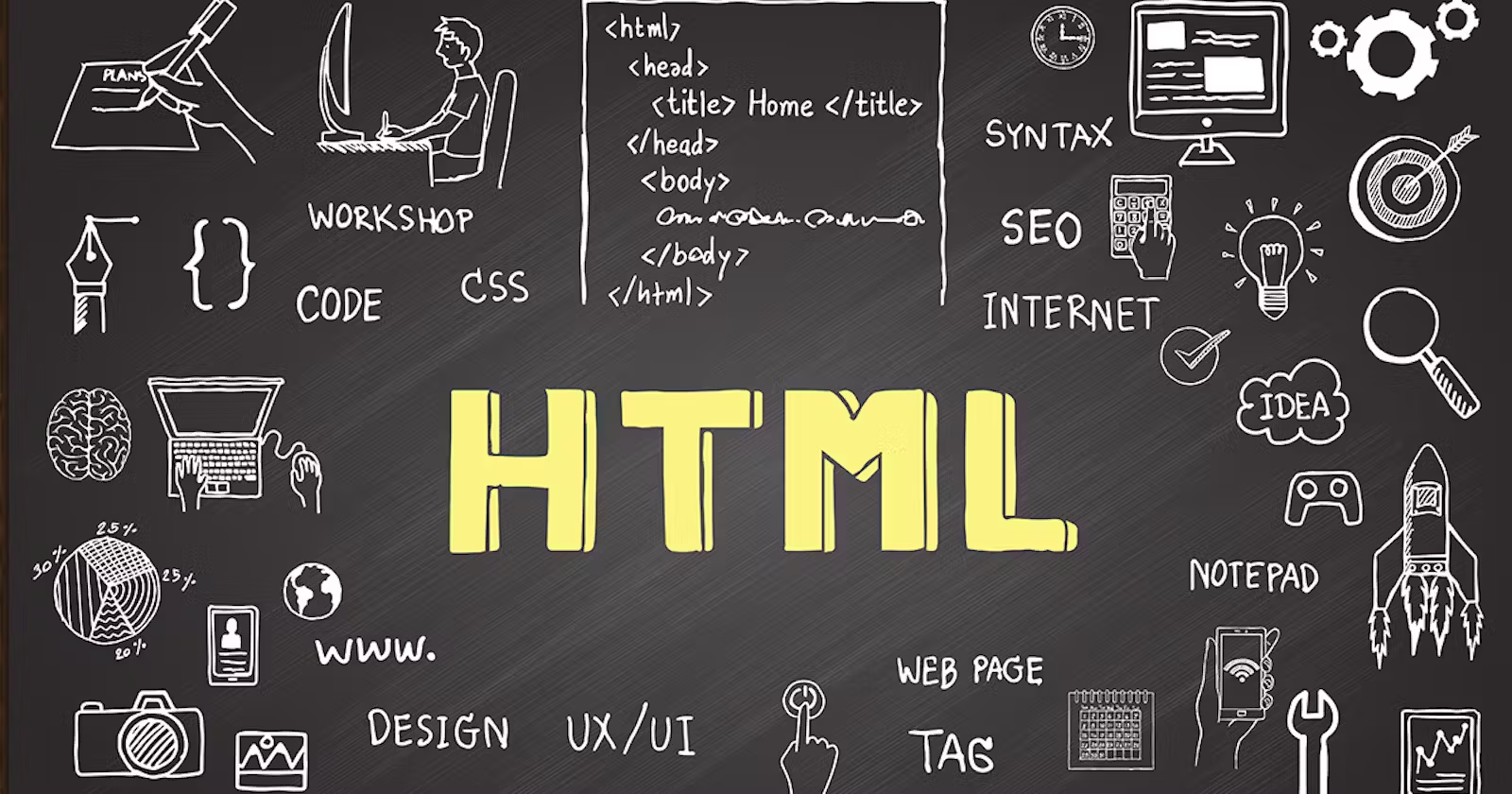Introduction of HTML
 Santhamma Kuppireddy
Santhamma Kuppireddy
What is HTML?
HTML stands for Hyper Text Markup Language,which is used for creating Webpages , it's describes the structure of a Web page.
HTML consists of a series of elements and elements tell the browser how to display the content.
Each HTML elements label pieces of content such as "this is a heading", "this is a paragraph", "this is a link", etc.
Features of HTML
It is easy to learn and easy to use and It is platform-independent.
Images, videos, and audio can be added to a web page.
Hypertext can be added to the text.
A Simple Html Document:-
Example
<!DOCTYPE html>
<html>
<head>
<title>Page Title</title>
</head>
<body>
<h1>My First Heading</h1>
<p>My first paragraph.</p>
</body>
</html>
Example Explained:-
The
<!DOCTYPE html>declaration defines that this document is an HTML5 documentThe
<html>element is the root element of an HTML pageThe
<head>element contains meta information about the HTML pageThe
<title>element specifies a title for the HTML page (which is shown in the browser's title bar or in the page's tab)The
<body>element defines the document's body, and is a container for all the visible contents, such as headings, paragraphs, images, hyperlinks, tables, lists, etc.The
<h1>element defines a large headingThe
<p>element defines a paragraph
HTML Formatting Tags:-
Formatting elements were designed to display special types of text:
<b>- Bold text<strong>- Important text<i>- Italic text<em>- Emphasized text<mark>- Marked text<small>- Smaller text<del>- Deleted text<ins>- Inserted text<sub>- Subscript text<sup>- Superscript text
HTML <b> and <strong> Elements
1.The HTML <b> element defines bold text, without any extra importance.
2.The HTML <strong> element defines text with strong importance. The content inside is typically displayed in bold.
HTML <i> and <em> Elements
1.The HTML <i> element defines a part of text in an alternate voice or mood. The content inside is typically displayed in italic.
2.The HTML <em> element defines emphasized text. The content inside is typically displayed in italic.
HTML <small> Element
1.The HTML <small> element defines smaller text.
HTML <del> Element
1.The HTML <del> element defines text that has been deleted from a document. Browsers will usually strike a line through deleted text:
HTML <ins> Element
1.The HTML <ins> element defines a text that has been inserted into a document. Browsers will usually underline inserted text:
HTML <sub> Element
1.The HTML <sub> element defines subscript text. Subscript text appears half a character below the normal line, and is sometimes rendered in a smaller font. Subscript text can be used for chemical formulas, like H2O:
HTML <sup> Element
1.The HTML <sup> element defines superscript text. Superscript text appears half a character above the normal line, and is sometimes rendered in a smaller font. Superscript text can be used for footnotes, like WWW[1]:
HTML Text Formatting Elements:-
| Tag | Description |
| <b> | Defines bold text |
| <em> | Defines emphasized text |
| <i> | Defines a part of text in an alternate voice or mood |
| <small> | Defines smaller text |
| <strong> | Defines important text |
| <sub> | Defines subscripted text |
| <sup> | Defines superscripted text |
| <ins> | Defines inserted text |
| <del> | Defines deleted text |
| <mark> | Defines marked/highlighted text |
Subscribe to my newsletter
Read articles from Santhamma Kuppireddy directly inside your inbox. Subscribe to the newsletter, and don't miss out.
Written by
